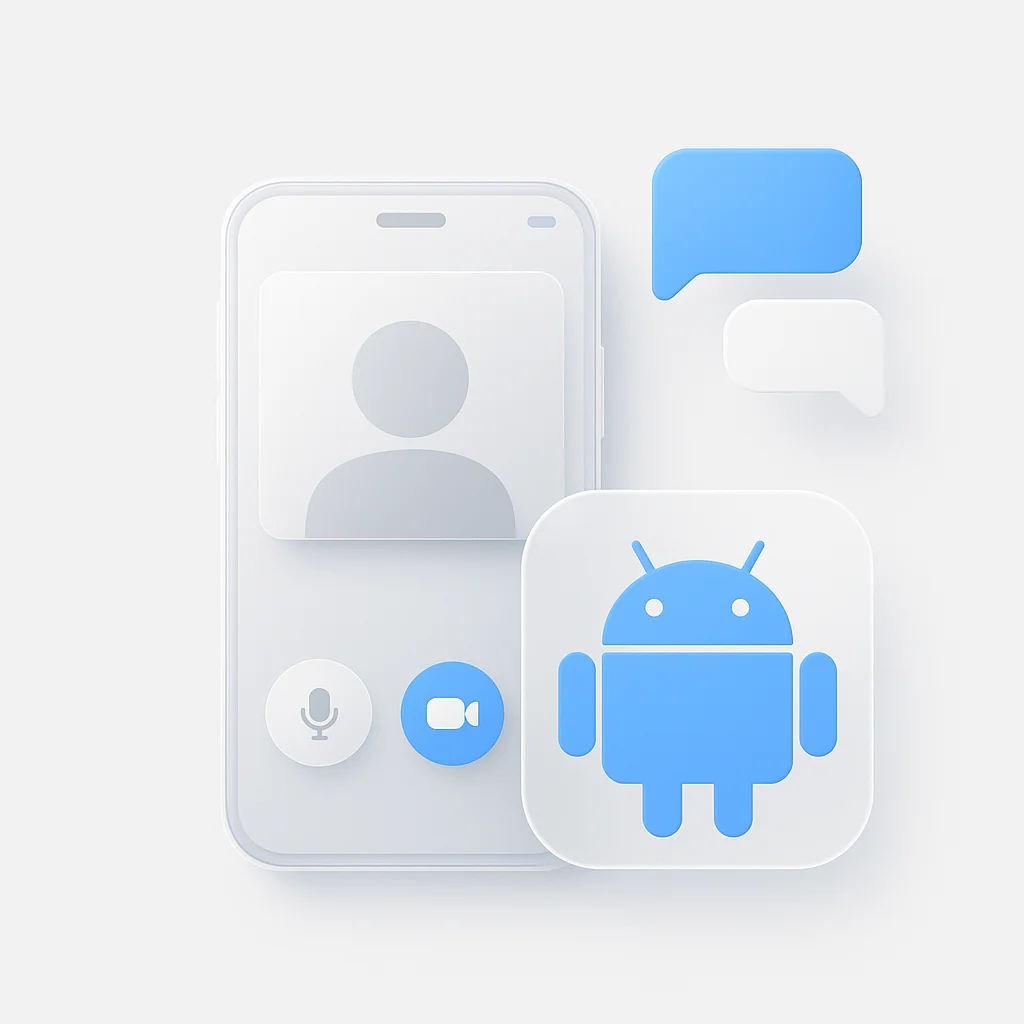The ability to capture and share your screen can be an invaluable tool. Whether you need to create a tutorial, record a presentation, or document gameplay, screen recording has become an essential skill. Fortunately, HP laptops offer convenient built-in options as well as the option to utilize third-party software, making the process of screen recording accessible to all users.
Screen recording can serve a multitude of purposes, from creating instructional videos and capturing important meetings to recording gameplay footage for sharing with friends or online communities. In the realm of education and professional development, screen recordings can be an effective way to communicate complex processes, providing visual aids that enhance understanding. For gamers and content creators, screen recording allows them to document their achievements, share strategies, and build a following within their respective communities.
While there are numerous screen recording applications available, HP laptops come equipped with built-in tools that make the process seamless and straightforward. Additionally, users can explore third-party software options that offer advanced features and customization possibilities.
Method 1: Using Windows Game Bar
One of the most convenient methods for screen recording on an HP laptop is the Windows Game Bar, a feature integrated into the Windows operating system. This tool is designed to provide a user-friendly experience for capturing gameplay footage, but it can also be utilized for general screen recording purposes.
-
Open Game Bar: To access the Game Bar, simply press the “Windows Key + G” keyboard shortcut. This will bring up the Game Bar overlay on your screen.
-
Start Recording: Within the Game Bar, locate the “Record” button (or use the keyboard shortcut “Windows Key + Alt + R”) to initiate the screen recording.
-
Customize Settings (Optional): Before recording, you can customize various settings to suit your preferences. Adjust the recording quality, enable or disable audio input, and decide whether to capture audio from your microphone. The Game Bar provides a straightforward interface for adjusting these settings.
-
Stop Recording: Once you’ve captured the desired footage, press the “Windows Key + Alt + R” keyboard shortcut again or click the “Stop” button within the Game Bar to end the recording.
-
Locate your Recording: By default, the recorded videos are saved within the “Videos\Captures” folder on your HP laptop. You can easily access and manage your recordings from this location.
Method 2: Using ScreenApp
While the Windows Game Bar serves as a capable built-in solution, some users may prefer a dedicated screen recording application with additional features and customization options. ScreenApp is a popular choice among HP laptop users due to its user-friendly interface, versatile recording capabilities, and potential for advanced features like webcam recording.
Why ScreenApp: ScreenApp stands out for its ease of use and clear, intuitive interface. Additionally, it offers the ability to record not only your screen but also your webcam footage simultaneously, making it an ideal choice for creating tutorials or video presentations.
Go to ScreenApp: To get started with ScreenApp, visit their site and signup.
Starting a Recording: Once ScreenApp is installed, launch the application to access its main interface. From here, you can select the desired recording area, whether it’s your full screen, a specific window, or a custom region of your choice.
Audio and Webcam: ScreenApp offers the option to capture audio from your microphone or system audio during the recording process. Additionally, if you plan to include a webcam feed in your video, you can enable this feature within the application’s settings.
Start/Stop Recording: With your recording area and settings configured, simply click the prominent “Start Recording” button to begin capturing your screen. When you’re ready to stop, click the “Stop Recording” button or use the designated keyboard shortcut.
Accessing and Editing: After completing your recording, ScreenApp will automatically save the captured video file to a designated location on your HP laptop. Within the application, you can access and manage your recorded videos, as well as perform basic editing tasks such as trimming or adding annotations.
Method 3: Using PowerPoint
While not traditionally considered a screen recording tool, Microsoft PowerPoint offers a built-in feature that can be utilized for capturing your screen on an HP laptop. This method can be particularly useful for creating instructional videos or recording presentations directly within the PowerPoint environment.
Open PowerPoint: Launch PowerPoint on your HP laptop and create a new presentation or open an existing one.
Insert Tab: Navigate to the “Insert” tab located on the top ribbon of the PowerPoint interface.
Screen Recording: Within the “Insert” tab, locate and click the “Screen Recording” option. This will prompt PowerPoint to provide instructions on how to proceed with the screen recording process.
Select Area: PowerPoint will present you with options to choose the portion of your screen that you wish to record. You can select the full screen, a specific window, or define a custom region using your cursor.
Start/Stop Recording: Once you’ve selected the desired recording area, PowerPoint will provide a control bar that allows you to start and stop the screen recording. Click the “Record” button to begin capturing your screen, and the “Stop” button to end the recording when you’re finished.
Save the Recording: After completing the recording, the captured video will be embedded within your PowerPoint slide. To save the recording as a separate video file, right-click on the video within the slide and choose the “Save Media As” option. This will allow you to export the recording in a compatible video format for further editing or sharing.
Conclusion
Screen recording on an HP laptop has never been easier, thanks to the built-in options and third-party software available. Whether you prefer the convenience of the Windows Game Bar, the feature-rich ScreenApp, or the versatility of PowerPoint’s screen recording capabilities, you have a variety of options at your disposal.
Each method caters to different user preferences and requirements, ensuring that you can choose the approach that best suits your needs. The Windows Game Bar offers a streamlined solution for capturing gameplay footage or general screen recordings, while ScreenApp provides advanced features like webcam recording and customizable settings. PowerPoint’s screen recording feature, on the other hand, seamlessly integrates with the presentation environment, making it an ideal choice for creating instructional videos or recording presentations.
Regardless of the method you choose, screen recording on an HP laptop empowers you to create engaging visual content, share knowledge, and document important moments with ease. Embrace the power of screen recording and explore the possibilities it unlocks for your personal, educational, or professional endeavors.






